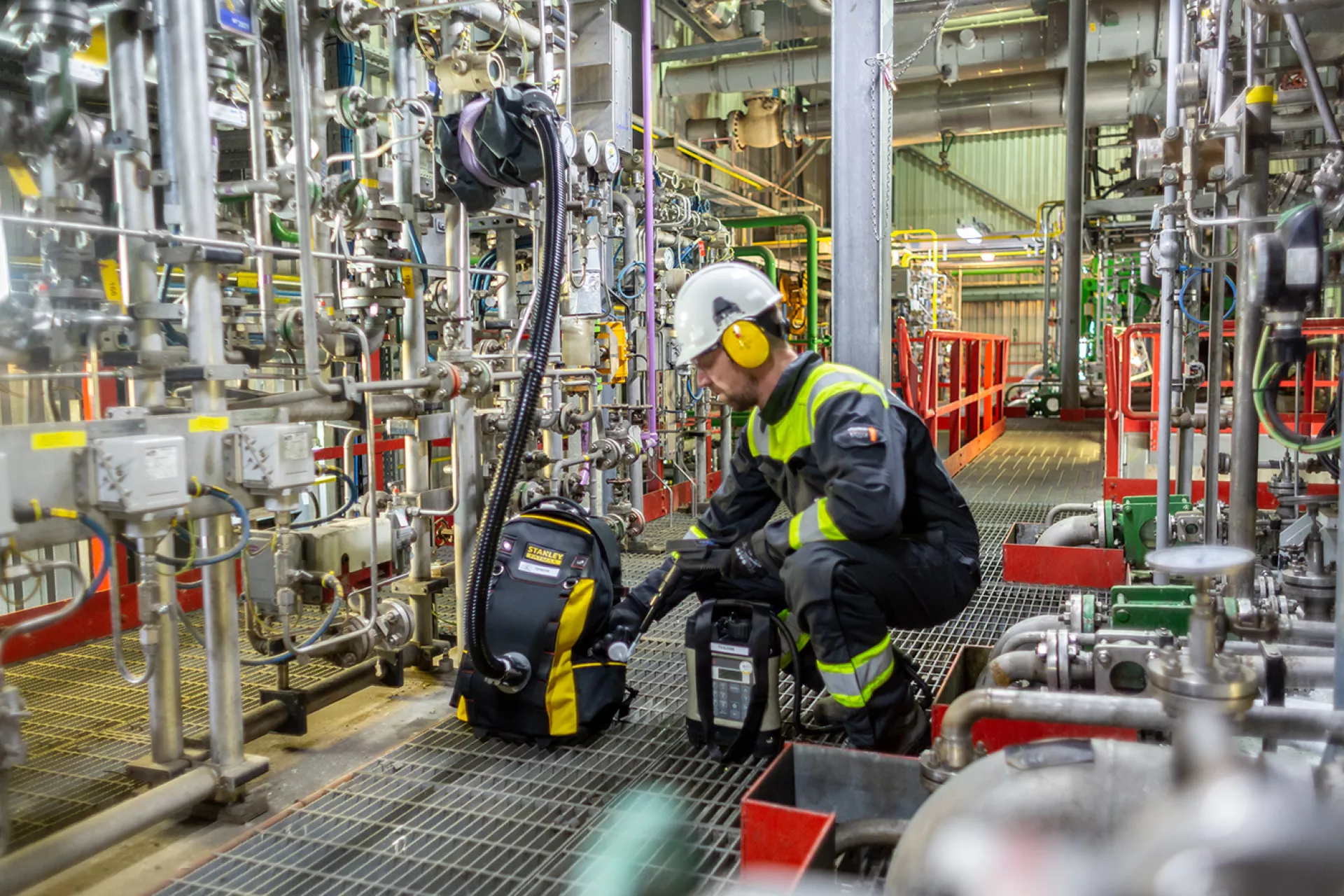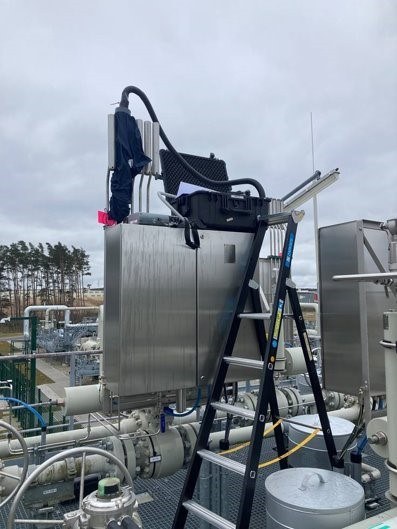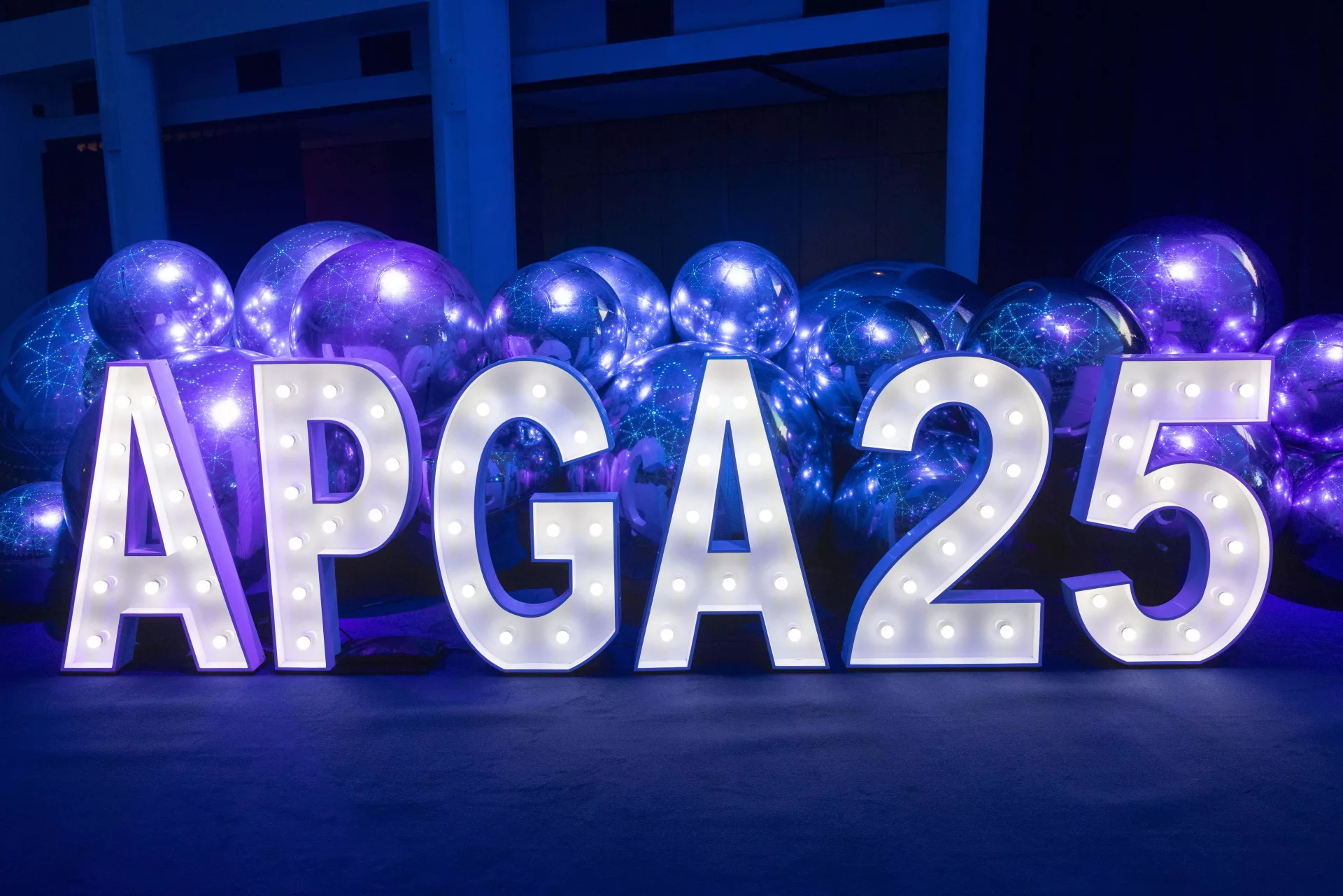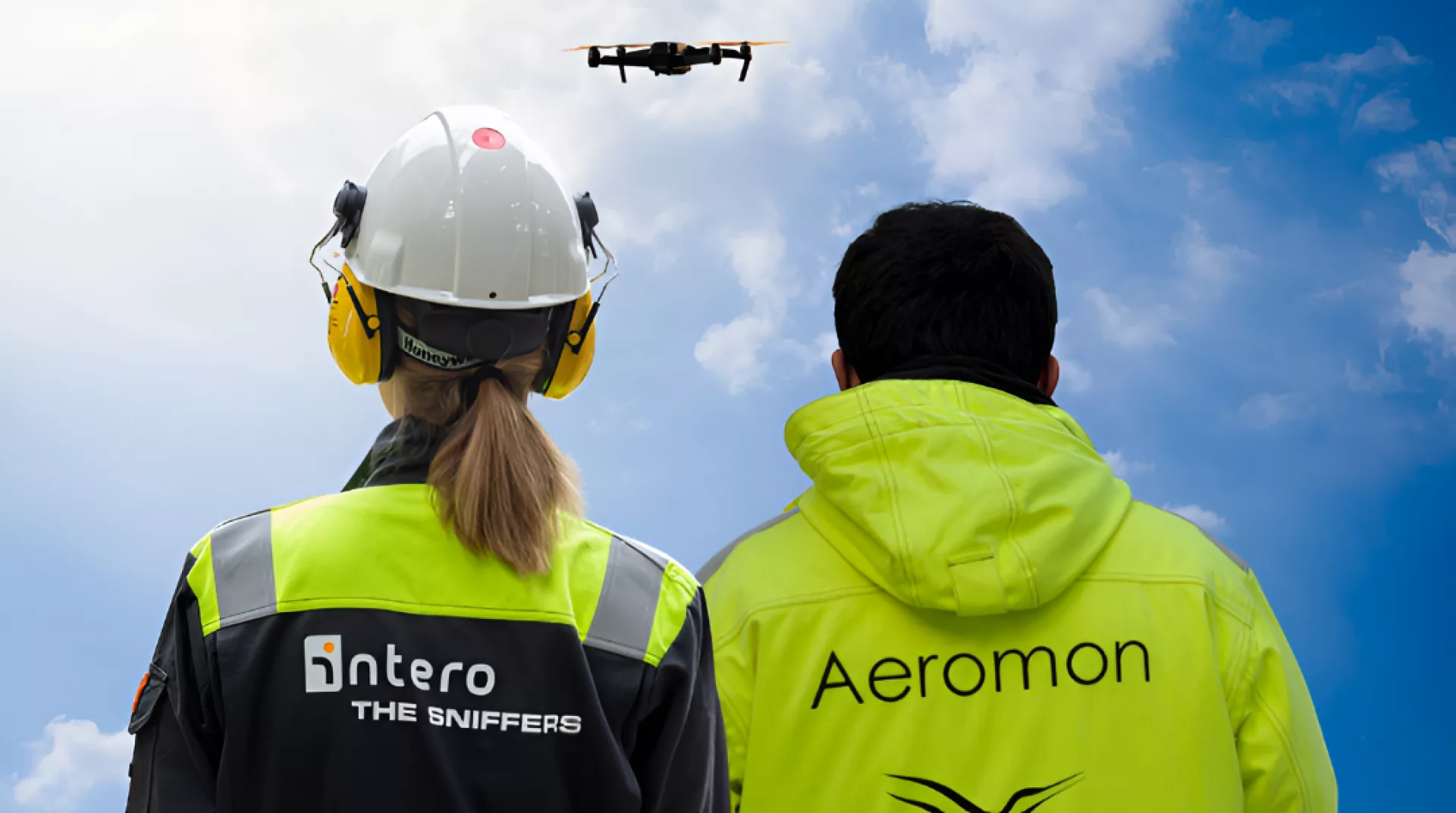
High Flow Sampling to quantify methane emissions on vents: what, why, and how
Bagging is a direct measurement technique to quantify leaks on accessible sources and smaller vents and to define specific emission factors. It is ranked as Best Available Technique in EPA Method 21.
In this blog post, our Environmental Service Line shares 3 best practices with you on how to get the most accurate results with bagging to quantify methane emissions specifically on venting devices.
Why perform bagging to quantify methane leaks on vents?
Before we share some best practices, we want to share why we have been performing bagging to quantify methane emissions for our clients more frequently recently. On 15 December 2021, the proposal for a European Methane Regulation was released by the European Commission, which lays down rules for European operators for accurate measurement, reporting, and verification of methane emissions. One of the mentioned requirements is to perform LDAR surveys, including bagging, to detect, quantify, and reduce methane leaks. If you have not done so already, you can now send your feedback to this proposal until 10 March 2022 before the Regulation enters into force.
This European Methane Regulation is built on the current OGMP 2.0 Reporting Framework. If your company is already an OGMP member, this means that you are requested to work towards the Gold Standard of reporting, meaning reaching OGMP Level 4 within 3 years for operated assets and 5 years for non-operated assets.
Reaching OGMP Level 4 means that you perform yearly measurements directly at the source to detect methane emissions by detailed source type (fugitive emissions, venting, incomplete combustion for mid/downstream operators, and 13 source types for upstream operators) including sampling, which is another word for bagging. To improve the accuracy of your reported emission data, you are also requested to use specific emission factors instead of using general correlation factors based on a ppm value. Bagging allows you to define these specific emission factors as well. We will explain how we define specific emission factors later in this blog post.
From our experience, bagging or sampling is currently the most accurate method to quantify methane leaks on accessible smaller vents.
1. Which bagging device works best?
To perform bagging, we have been and still use the High Flow Sampler by Bacharach for small equipment vents and process and maintenance vents. However, since this measurement device is no longer being supported and it is a rather old device, we have developed our own series of bagging devices. These devices have been qualified by a third party to ensure accurate measurement results and we are currently using them to quantify methane emissions on vents and define specific emission factors for different OGMP members.
To quantify methane emissions from larger emergency vents, we use flowmeters such as an ATEX anemometer or, in case the vents are inaccessible, the QOGI tablet. This is a QL320 tablet combined with a FLIR GFx320 infrared camera, which is placed on a tripod. It is important to note that different external factors such as the wind and outside temperature need to be considered to perform a proper measurement. A certified environmental service provider is familiar with these best practices.

2. How does bagging work on vents?
When we use the High Flow Sampler by Bacharach for vents, the device captures the gas leaking from the vent and determines mass leak rates in kg/year. One measurement takes several minutes to guarantee accurate results.
3. How do you define specific emission factors?
To define specific emission factors, identical devices (brand and type) with similar operating conditions should be grouped to determine a common, site-specific emission factor. This statistical number by performing High Flow Sampling (HFS) is sufficient to determine a reliable specific emission factor for that type of device.
When we perform bagging, we advise clients to give venting devices with high emissions compared to similar devices priority by maintenance to bring the emissions in line with the overall emission characteristic of the device group. If the working conditions stay identical, you can continue applying the specific emission factor. Once circumstances change through operation pressure, gas composition, turnaround or overhaul, the specific emission factor must be redefined.
4. When you measure, you know
When you measure, you know. Bagging or sampling is a highly accurate direct measurement technique in compliance with OGMP 2.0 and the upcoming EU Methane Regulation. It is far more accurate than using general correlation factors based on a ppm value.
The collected venting emission data will help you and your operational team to take well-considered decisions on when to replace or plan investments to reduce or eliminate methane emissions from vents.
Questions about quantifying methane emissions on vents? Contact our experts.

Intero wins APGA Innovation Award for Robotic MFL Pipeline Inspection

Intero Integrity Services establishes Supervisory Board to accelerate growth and strengthen leadership
